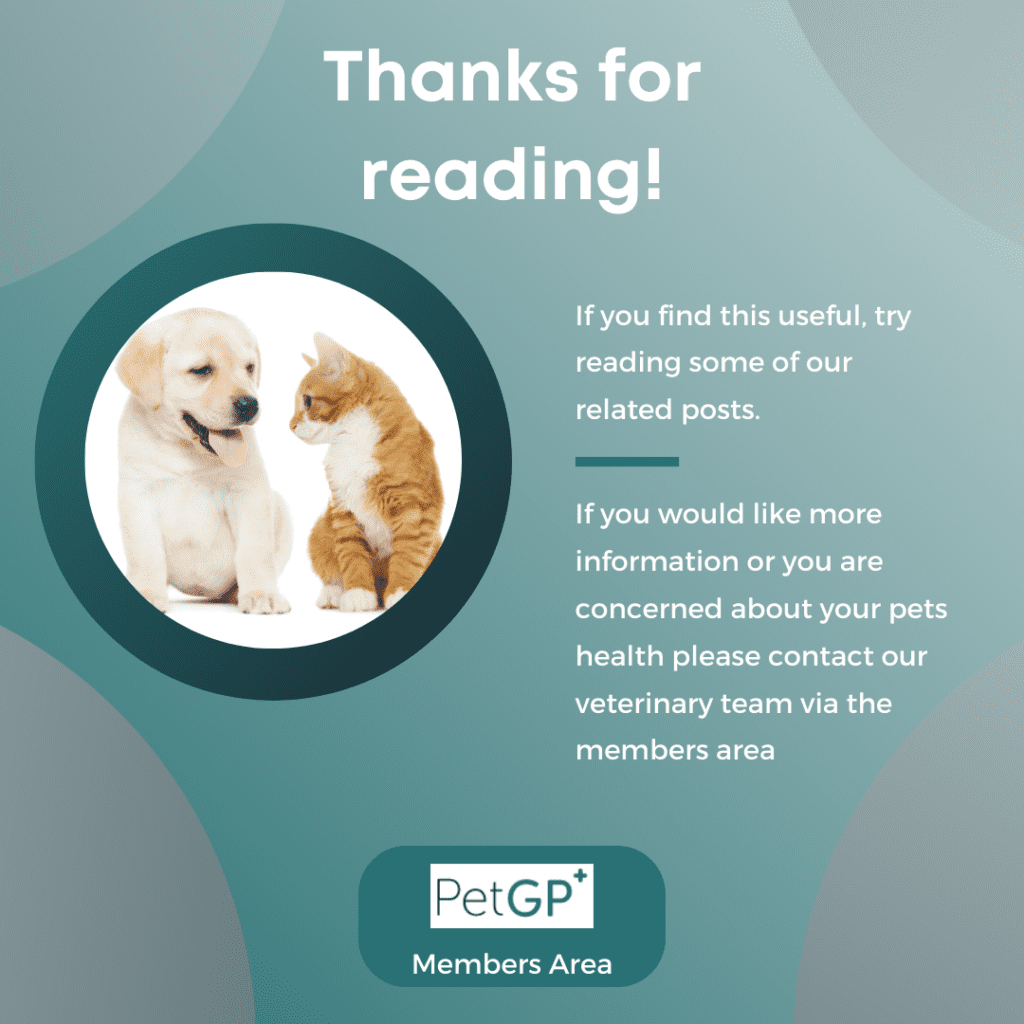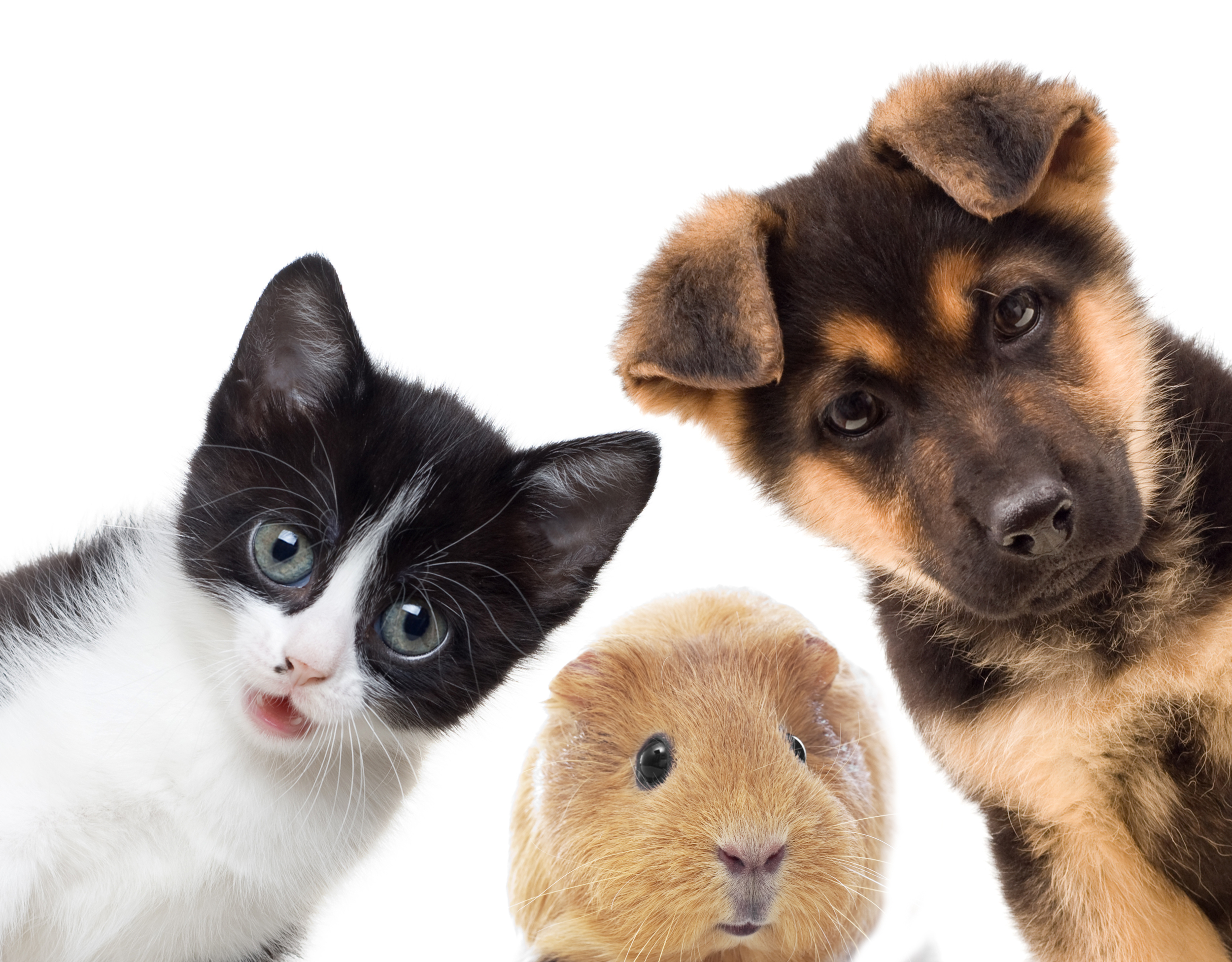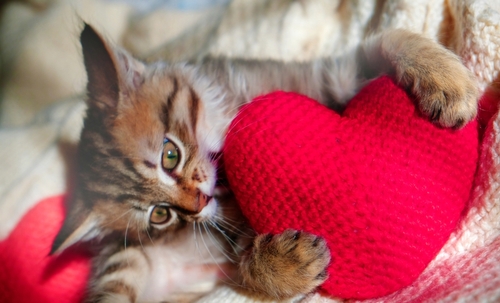Cats and food allergies
Allergies affect cats. They can be environmental (such as to fleas), or to food. Food allergies are rare in cats. Only 10% of allergies in pets are caused by food. A food allergy is a reaction to some part of the diet. In an allergic reaction to food the immune system incorrectly recognising a threat and triggers an immune response. This can lead to a variety of symptoms that would be noticeable in your cat.
Food allergies
Cat food allergies are quite rare, but they can happen. Despite this they can occur at any point in your cat's life. Once they have a reaction to a food, that allergy could last for their lifetime. Permanently removing problem foods from your cats diet is recommended.
Protein allergies are the most common dietary allergy for cats. This is usually beef, fish, or chicken allergy. Many pet foods advertise themselves as ‘hypoallergenic’. What they usually mean by this is that they are gluten-containing but grain free. Grain only accounts for <1% of food allergies in cats.
Symptoms
- Dietary allergies can cause many different symptoms. These can be a combination of:
- Gastro intestinal symptoms including vomiting and diarrhoea
- Skin issues including ear infections and scratching
- Fur ball problems from over grooming
- In very rare cases respiratory issues.
These symptoms can overlap with a variety of different issues and conditions. Because of this it is always important to speak to your vet if your cat has any of the above symptoms, as a dietary allergy may not be the issue.
Hypoallergenic diets
The only true hypoallergenic diets are ones that contain a hydrolysed protein. Protein is broken down into smaller molecules in these diets. This is done to avoid detection of them by the immune system. Because these are very specialised they are only available as prescription diets.
Elimination Diets
The only accurate way to determine if your cat has a food allergy is to follow an elimination diet protocol. These diets require Veterinary supervision. Elimination diets must be completed safely and correctly.
Firstly your cat will transition onto the trial food. They will then spend at least 8 weeks on that food alone. Following this introduce one new food group. This begins the challenge phase of the diet. The challenge phase begins after 4 days with no adverse reactions. The challenge phase is important. It allows the discovery of the specific food your cat is allergic to. Eventually this will mean that there will be more feeding options. A new food group can be introduced every 4 days. This must only happen if no reactions have occurred.
Things to remember
- Food allergies in cats are not common.
- Food allergies are usually to beef, fish, or chicken.
- It is rare to see a grain allergy in a cat.
- Food allergies in cats can cause a range of symptoms.
- The only way to accurately diagnose a food allergy is using an elimination diet
- Finally it is important to discuss any health concerns with your vet.





